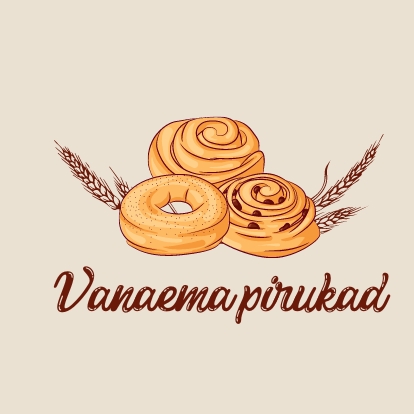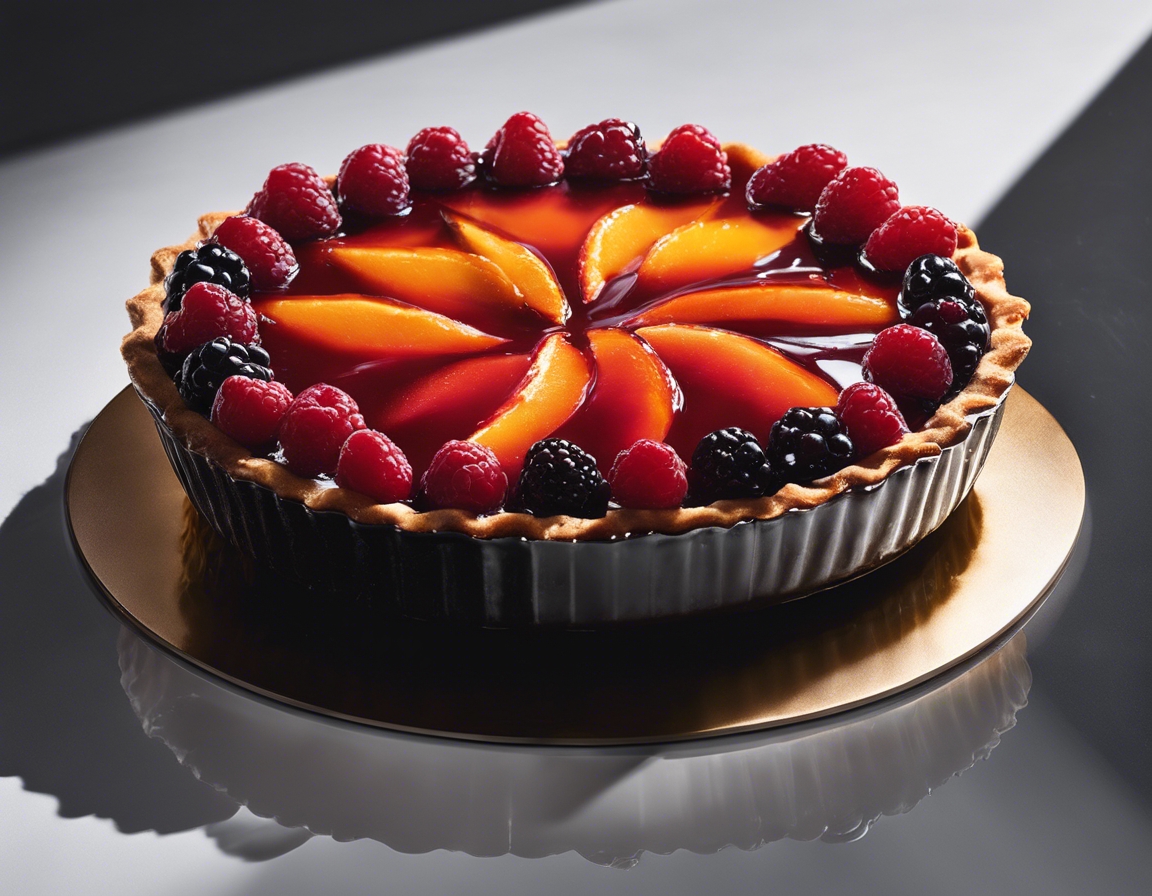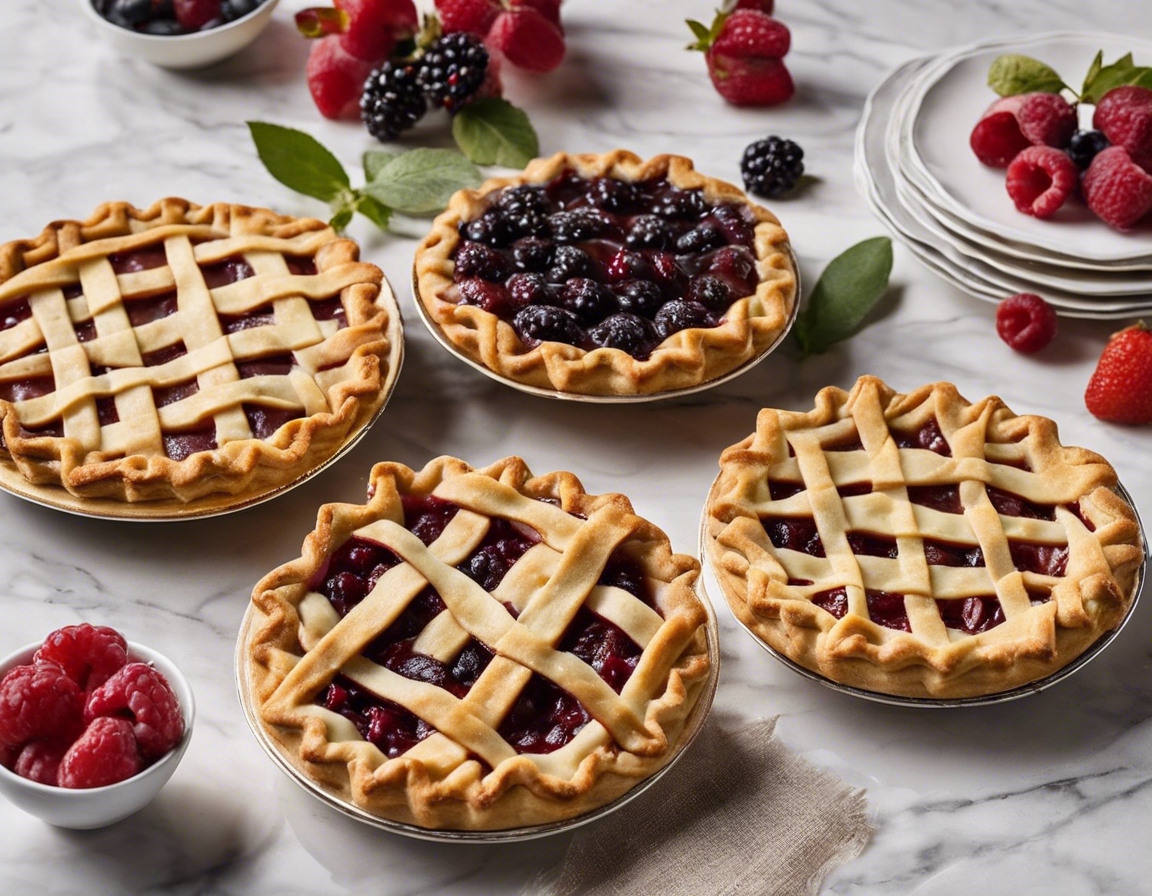The art of the perfect savory pie crust
When it comes to savory pies, the crust is not just a vessel for the filling; it's a crucial component that can make or break the entire dish. A perfect savory pie crust is flaky, tender, and full of flavor, complementing the rich and hearty fillings it encases. It's the foundation upon which the culinary artistry of a savory pie is built.
A savory pie crust differs from its sweet counterpart in a few key ways. Primarily, it contains less sugar, if any, and is often seasoned with herbs, spices, and sometimes cheese to enhance the overall flavor profile of the pie. The choice of fat and flour also plays a significant role in the texture and taste.
Ingredients for the Perfect Savory Pie Crust
The type of flour you choose is the first step in creating a delectable crust. All-purpose flour is commonly used for its versatility, but for a more robust flavor, consider mixing in whole wheat or rye flour. The key is to understand the gluten content, which affects the crust's tenderness.
Fats are essential in achieving the flaky layers that are characteristic of a great pie crust. Butter, lard, and shortening each contribute different qualities to the crust, and some bakers prefer a combination to balance flavor and texture.
Seasonings such as salt are fundamental, but don't stop there. Incorporating herbs like thyme, rosemary, or sage can elevate your crust to new heights. For a touch of umami, consider adding grated cheese or a spoonful of mustard to the dough.
Water activates the gluten in the flour, but it's crucial that it's ice-cold to prevent the fats from melting before baking. This ensures the dough remains workable and contributes to the final flakiness of the crust.
The Process: Crafting Your Savory Pie Crust
Mixing the dough requires a gentle touch. Start by combining the dry ingredients, then cut in the fat until the mixture resembles coarse crumbs. Gradually add ice-cold water until the dough comes together without being wet or sticky.
Rolling out the dough to an even thickness is key for a consistent bake. Use a light touch and minimal flour to prevent toughness. Carefully transfer the dough to your pie dish, trim the edges, and crimp for a decorative touch.
Pre-baking, or 'blind baking,' is often necessary for savory pies to prevent a soggy bottom. Use pie weights or dried beans to keep the crust's shape, and remove them partway through baking to allow the crust to brown evenly.
Advanced Techniques for Pie Crust Perfection
From shrinkage to cracks, several issues can arise when making pie crusts. Learn how to prevent and fix these problems to ensure a beautiful and delicious result every time.
Once you've mastered the basic crust, experiment with different fats, flours, and seasonings to create a signature crust that complements your fillings perfectly.
A great savory pie crust can be made in advance and stored or frozen for later use. Discover the best methods for preserving your crust so you can enjoy homemade pies anytime.






Comments (0)